If you're a homeowner looking to go solar, one of the first questions that probably comes to mind is: How much does it actually cost? Not just the upfront investment but what you'll pay per kilowatt over time. Understanding solar power for home cost per kilowatt can help you figure out if it's worth investing in the essential home backup solution. On average, you can expect to pay $2.68 per watt for the installation of a solar power system for your home.
If you're planning a full home solar setup or want to start small with portable options, you will need to understand the actual cost of solar power for your home. Jackery Solar Generators are essential home backup power solutions that can power household appliances during outages or blackouts. This guide walks you through how much does solar power cost for a home in a way that's easy to understand for homeowners.
Key Takeaways
- Solar power for the home helps you reduce your reliance on the utility grid and power appliances with clean solar energy.
- The average installed cost of residential solar PV (photovoltaic) systems in the USA is roughly $2.68 per watt.
- The cost of solar power for a home is divided into two main categories: hardware and soft costs.
- Jackery Solar Generators are portable and powerful solar-powered generators that provide reliable power for essential appliances whenever needed.
- If you buy eligible Jackery products, you can claim up to 30% of the total cost of a new, qualified solar product.
What is Solar Power for Home?
Solar power for home means installing a solar power system on your property (usually on your home's roof) or investing in a portable solar generator. A solar panel with a battery backup helps reduce monthly electricity bills, lowers reliance on fossil fuels, and increases independence from the utility grid.
Key Components of Solar Power for Home
A lot more goes into a solar power supply system beyond the panels. Here is a quick list of solar power equipment:
- Solar Panels: Capture sunlight and convert the sun's energy into direct current (DC) electricity.
- Inverter: Converts DC to usable AC electricity suitable for powering home appliances.
- Racking Equipment (Optional): Mount the rooftop solar panels to the roof.
- Monitoring Equipment: Tracks the energy generated by the solar panels for home.
- Battery Storage: Stores the excess electricity that can be used later.
Solar Power for Home Cost
Solar power for home cost had decreased from $8.60 per watt in 2010 to $2.70 per watt in 2023, as per NREL. According to the National Renewable Energy Laboratory (NREL) report for Q1 2023, the average installed cost of residential solar PV systems in the US was approximately $2.68 per watt. This means if you are investing in a 6kW solar system, you will need to pay around $16,080 (6000W × $2.68). This figure represents the initial solar panel cost before any incentives or tax credits.
How to Calculate Solar Power for Home Cost Per kW
Calculating the solar power for home cost per kilowatt is pretty simple. You just need to divide the total cost of the solar system (in dollars) by the size of the system (in kilowatts).
Here’s the simple formula to calculate how much does solar power cost for a home per watt:
PPW = System Cost ÷ System Wattage
For example, if the total cost of the 6kW system is $18,000, the solar power for home cost per kilowatt will be $3000 per kilowatt or $3 per watt.
Here's a table that reveals the estimated solar power for home cost based on the system size:
|
System Size |
Estimated Cost |
|
1kW |
$2,680 |
|
2kW |
$5,360 |
|
3kW |
$8,040 |
|
4kW |
$10,720 |
|
5kW |
$13,400 |
|
6kW |
$16,080 |
|
7kW |
$18,760 |
|
8kW |
$21,440 |
|
9kW |
$24,120 |
|
10kW |
$26,800 |
Note: The calculations assume the solar power cost is $2.68 per watt based on the National Renewable Energy Laboratory (NREL) report for Q1 2023.
If you are installing a home battery backup along with the solar panel, the total solar power for the home cost can increase. For example, according to the US Department of Energy, a solar plus storage system can cost about $25,000 - $35,000, though the exact solar battery cost per kWh may vary depending on the size and other factors. If you've already installed the solar panels, the solar battery bank for home costs is around $12,000 - $22,000.
Incentives on Solar Power for Home Cost Per kW
If you are buying a solar power system, you may be eligible for Residential Clean Energy Credits. You can claim this tax credit on federal income taxes for the percentage of a solar photovoltaic system.
According to the US Department of Energy, PV systems installed between 2022 and 2032 are eligible for up to 30% tax credit, which will be reduced to 26% for solar systems installed in 2033 and 22% for solar systems installed in 2034.
Energy storage devices with a capacity of 3 kWh or greater are also included in the ITC. However, you must remember that ITC will cut the cost of installing a rooftop solar system for a home by 30% or more than $7,500 for an average solar system.
Hidden Solar Power for Home Cost to Consider
According to the PV System Cost Model (PVSCM), the cost of solar power for a home is divided into eight categories. Module, inverter, energy storage system, structural balance of system, and electrical balance of system are hardware costs.
Besides these costs, you'll also need to pay for non-hardware or soft costs, which include permitting, financing, and installation of solar equipment. In fact, according to a report by the US Department of Energy, 57% of the total cost of a solar power system is soft costs.

Let's explain the different soft costs that end up adding thousands of dollars to the final price:
- Sales and Marketing: This is one of the biggest soft costs in the residential solar system compared to the commercial system.
- Labor and Installation Costs: These account for 5% of the cost of a residential solar power system for a home. Depending on the complexity and size of the solar power system, labor can vary anywhere between a hundred to several thousand dollars.
- Permits and Paperwork: In most states, one needs to obtain solar project permits, generally overseen by regulatory agencies or local governments. You can expect to pay around 5% of the total solar power for home costs for permitting, inspection, and interconnection.
- Supply Chain Cost: The supply chain cost is approximately 10%, which means you'll need to pay a certain price just to obtain all the required equipment to complete the installation.
Best Jackery Solar Generators for Home
Jackery is a leading brand that manufactures solar generators, solar panels, and power stations. The Jackery Solar Generators combine solar panels and portable power stations that can power most household appliances, such as refrigerators, lights, electric ovens, etc., during an outage.
The solar-powered generator features a sturdy handle and ergonomic design that ensures easy transportation anywhere you go. If you're purchasing the eligible Jackery product, you may claim up to 30% of the total cost in tax credits. Here are two of the best solar generators for a house:
Jackery Solar Generator 5000 Plus
The Jackery Solar Generator 5000 Plus is an essential home backup power solution that can supply electricity to household appliances, such as refrigerators, lights, air conditioners, etc. If you live in an area that experiences frequent power outages, you can consider going ahead with this solar generator that ensures no disruption when the grid is down. It features a pull rod and double wheels to ensure easy transportation around the home.
Appliances Running Time
- Fridge (200W) = 17.1H
- Cooker (300W) = 12.2H
- Electric Oven (800W) = 5.0H
- AC (1000W) = 4.1H
- Kettle (1600W) = 2.6H

Customer Review
"This is my second unit from Jackery. Love them. I bought the 5000 plus for backup for the coming storm season here in Houston. Mainly to run the refrigerator." — David Tanaka.
Jackery Solar Generator HomePower 3000
The Jackery Solar Generator HomePower 3000 is an easy home backup solution that can power fridges, fans, lights, etc., during outages. It's the world's smallest 3kWh LFP generator, so you can carry it anywhere you go. It also features seamless ≤20ms UPS switching, ensuring instant switching from on-grid power to battery backup in the event of an outage.
Appliances Running Time
- Fridge (200W) = 11.8H
- Cooker (300W) = 8.1H
- Electric Oven (800W) = 3.2H
- Portable AC (1000W) = 2.6H
- Kettle (1600W) = 1.6H

Customer Review
"Fast delivery." — E.P.
Solar Power for Home Cost FAQs
How much does a 10kW solar system cost in the US?
A 10kW solar system costs in the US lies around $25,000 to $35,000 before any incentives. If the average installed cost of residential solar photovoltaic systems in the USA is roughly $2.68 per watt, the 10 kW solar system cost will be $26,800.
How much do solar panels cost for a 2000-square-foot house?
For a 2000-square-foot house, you will need a 5kW to 8kW system, and the average solar power for home costs ranges from $15,000 to $22,000 before any tax credits or incentives.
How many ACs can run a 2kW solar system?
A 2kW solar system can run one 1-ton or 1.5-ton air conditioner for a few hours daily. However, the exact runtime of the AC with a 2000-watt generator will depend on different factors, such as sunlight availability and the AC's wattage consumption.
Can I run 2 ACs on a 5kW solar system?
Yes, it is generally possible to run two air conditioners (ACs) with a 5 kW solar system, but this depends on the AC's power consumption and the battery capacity of the system. For example, if each AC consumes 1000-1500W per hour, you can run two ACs with a 5 kW solar system. However, if the combined wattage consumption of the ACs is larger than the solar system's capacity, it won't be able to handle the load.
How much electricity will you get from a solar panel installation at your home?
A standard 400-watt solar panel can produce 2000 watt-hours (2 kWh) of electricity per day with 5 hours of direct sunlight. If the solar system has 5-6 such solar panels, they can collectively produce 10 kWh to 12 kWh of energy every day.
Conclusion
Figuring out the solar power for home cost per watt or kilowatt might seem complicated at first, but once you break it down, it becomes a valuable tool for comparing your options. It gives you a clearer picture of long-term savings, especially with energy prices continuing to rise. If you're not ready to install rooftop panels just yet, consider investing in portable solar-powered generators, such as those from Jackery. The Jackery Solar Generators are essential home backup solutions that provide power to appliances during power outages and can be transported anywhere.

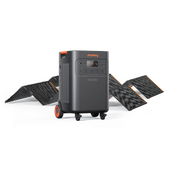
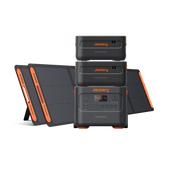
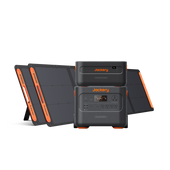
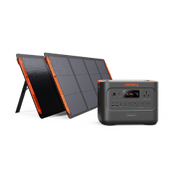

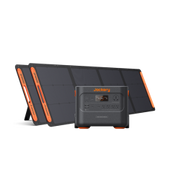
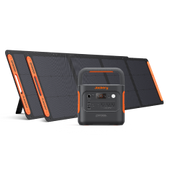

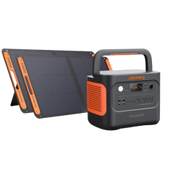

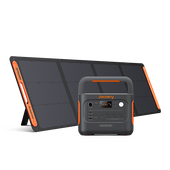
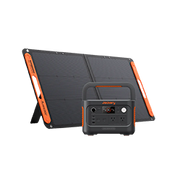

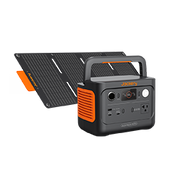
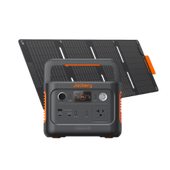
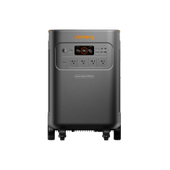
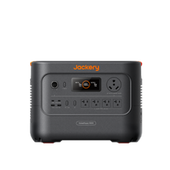
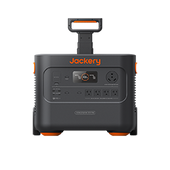
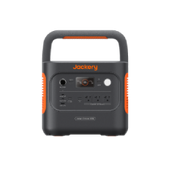
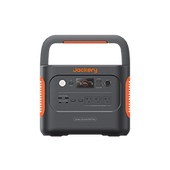
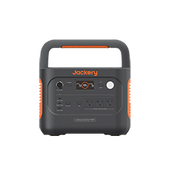
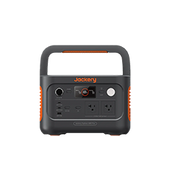
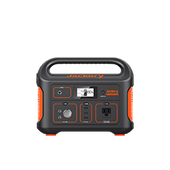
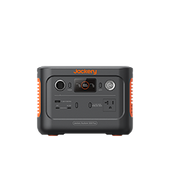

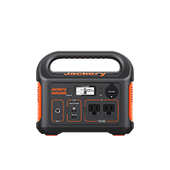
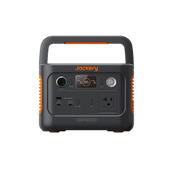
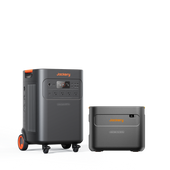
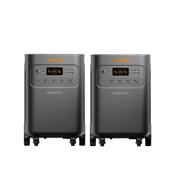

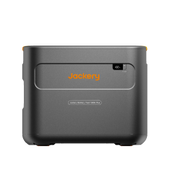
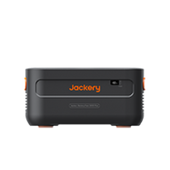
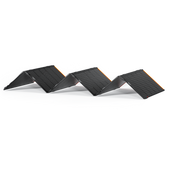
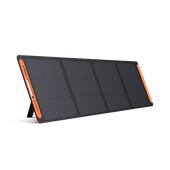

![[Add - on] Jackery Manual Transfer Switch for Explorer 5000 Plus - Jackery](http://www.jackery.com/cdn/shop/files/add-on-jackery-manual-transfer-switch-for-explorer-5000-plus-9017324.png?v=1754016782&width=170)
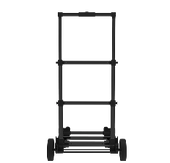
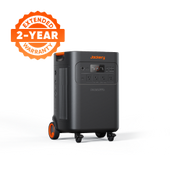
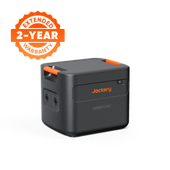
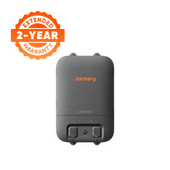


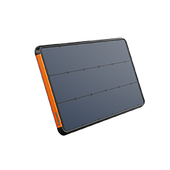
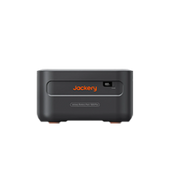

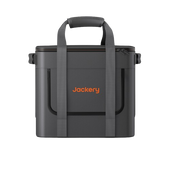
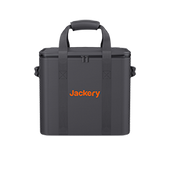
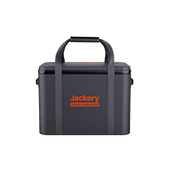
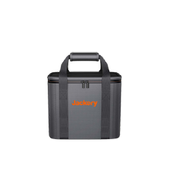
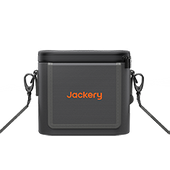
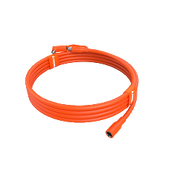




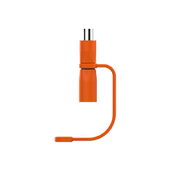
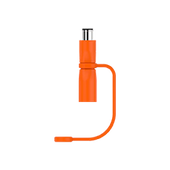
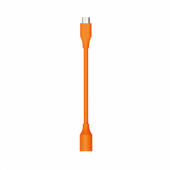
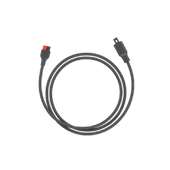

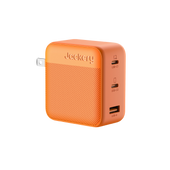
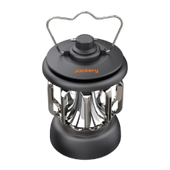


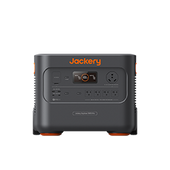
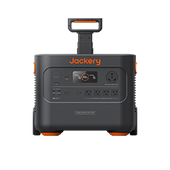
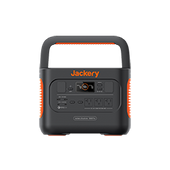
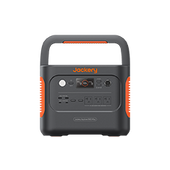
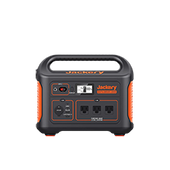
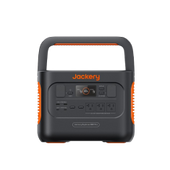
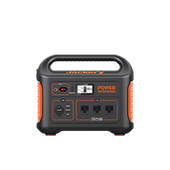
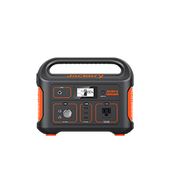
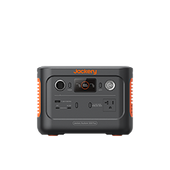
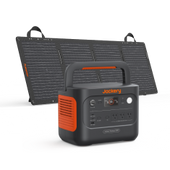
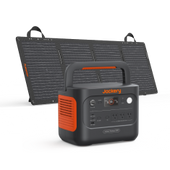
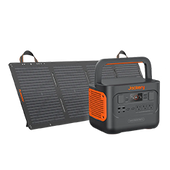
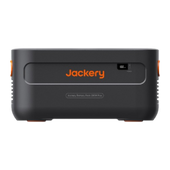
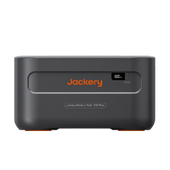



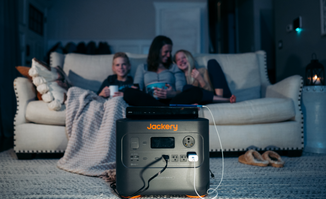
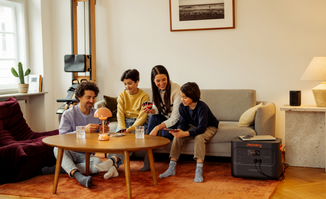
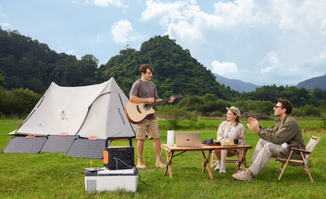
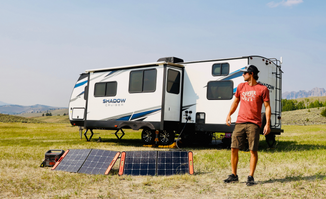

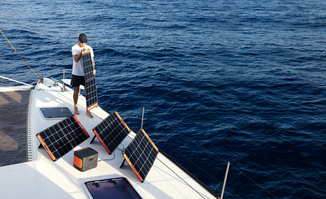
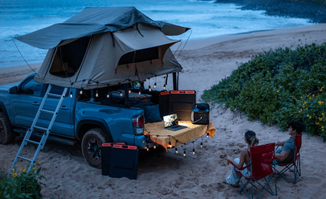
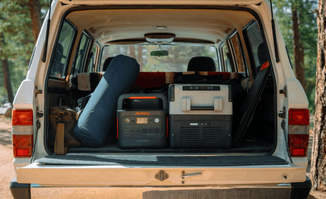




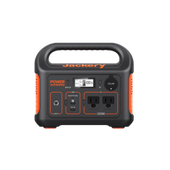
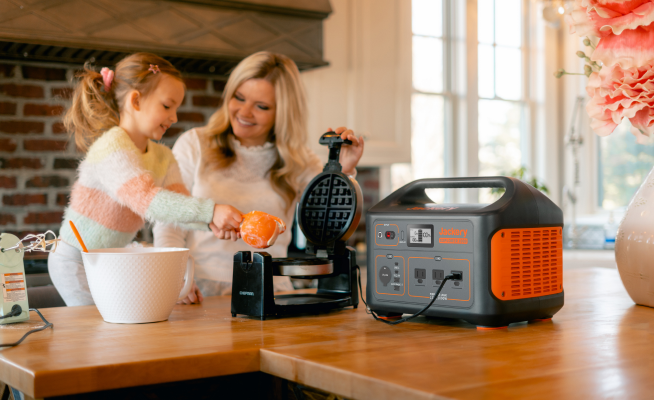
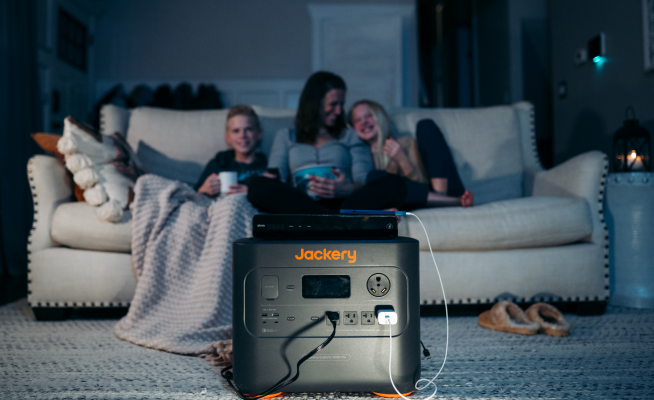
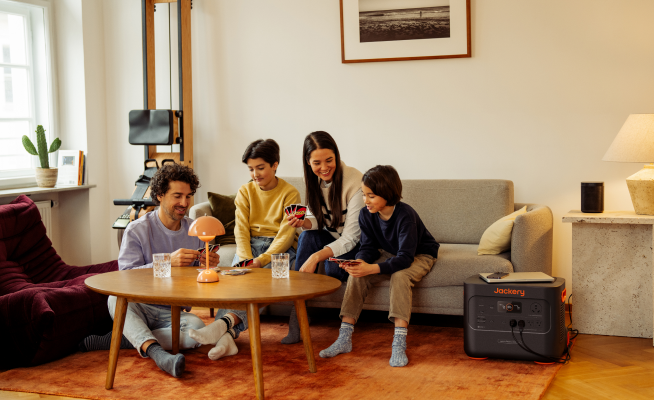
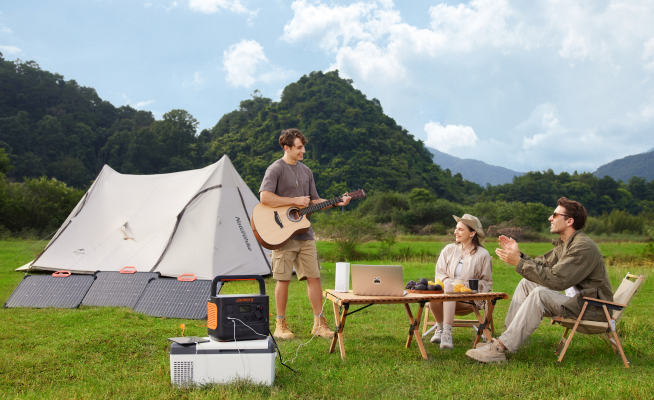
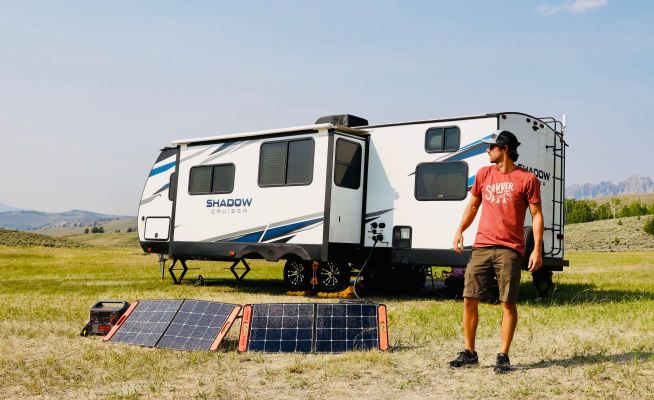

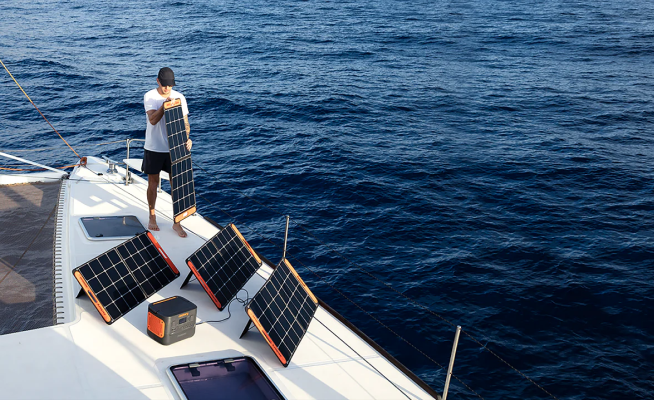
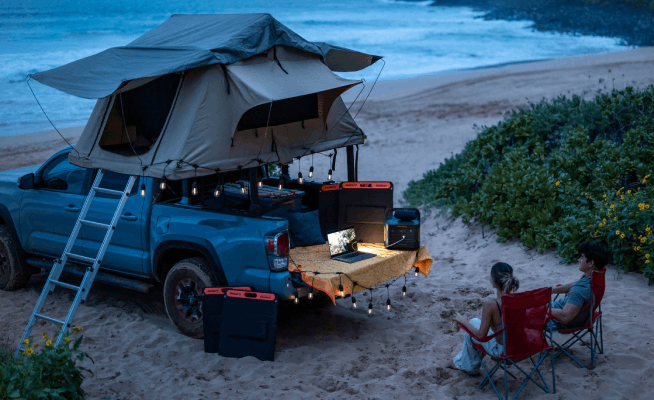
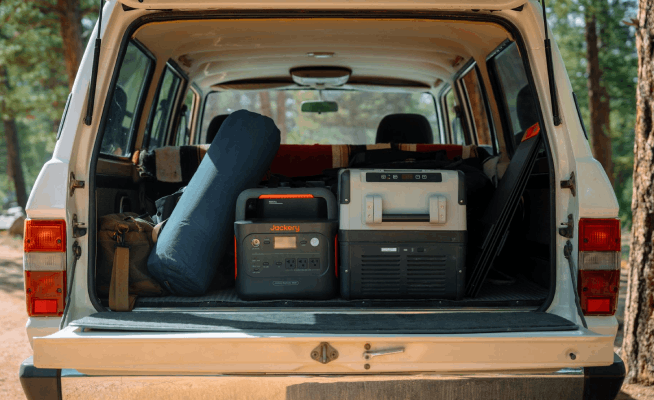









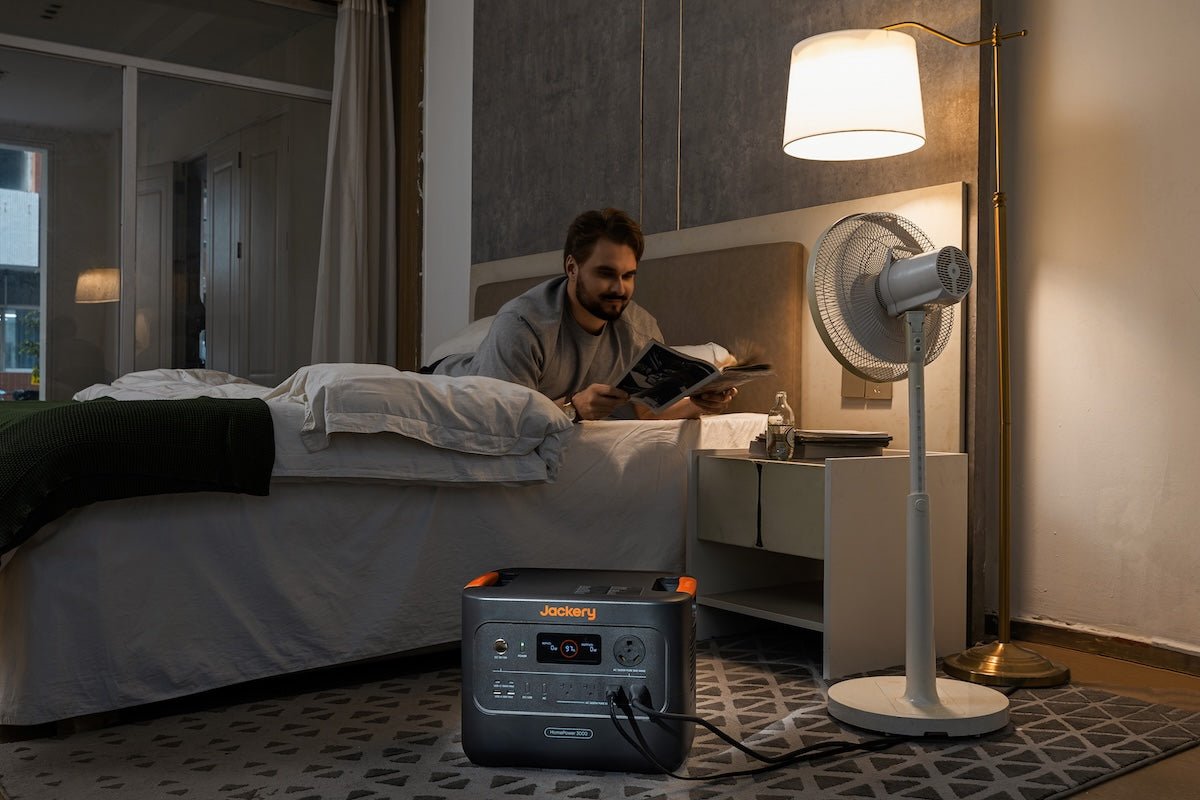



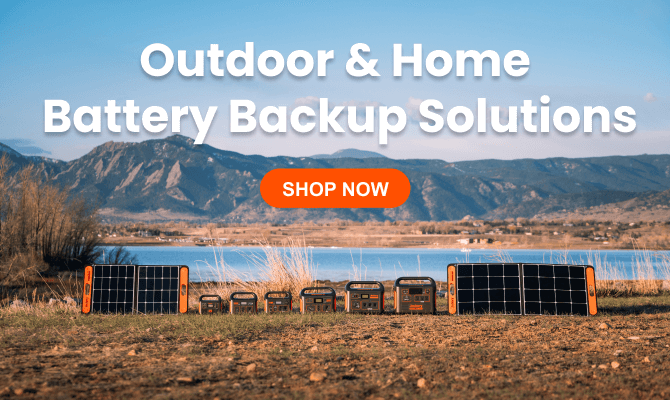
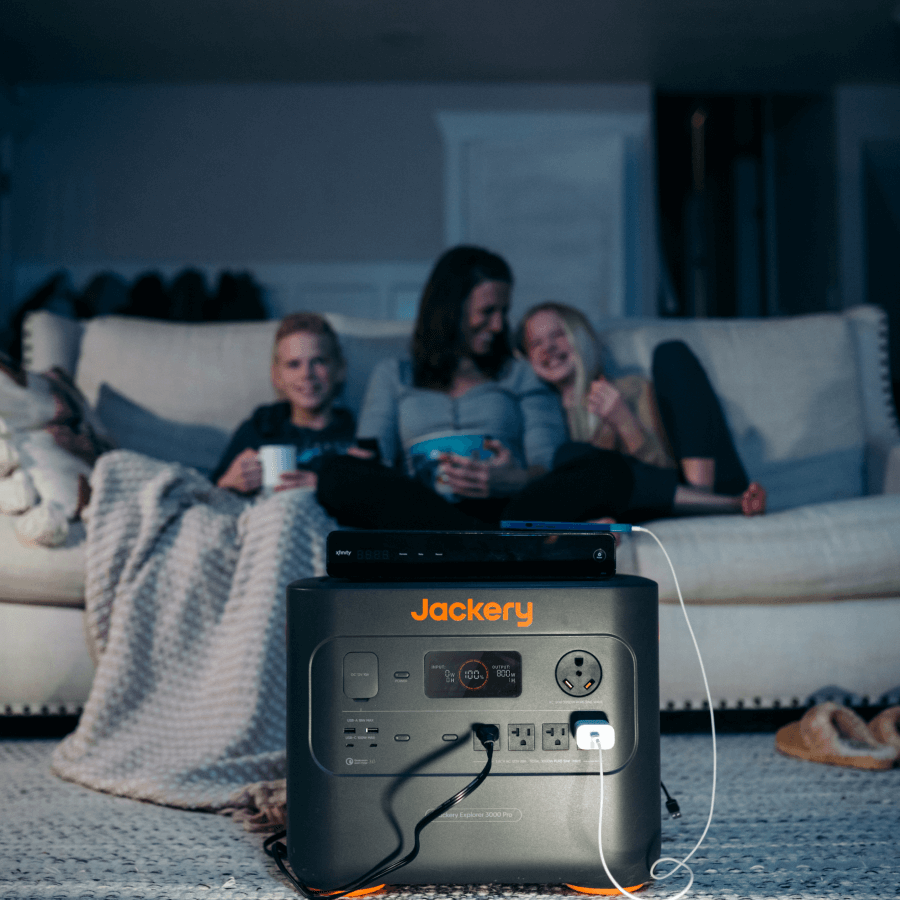

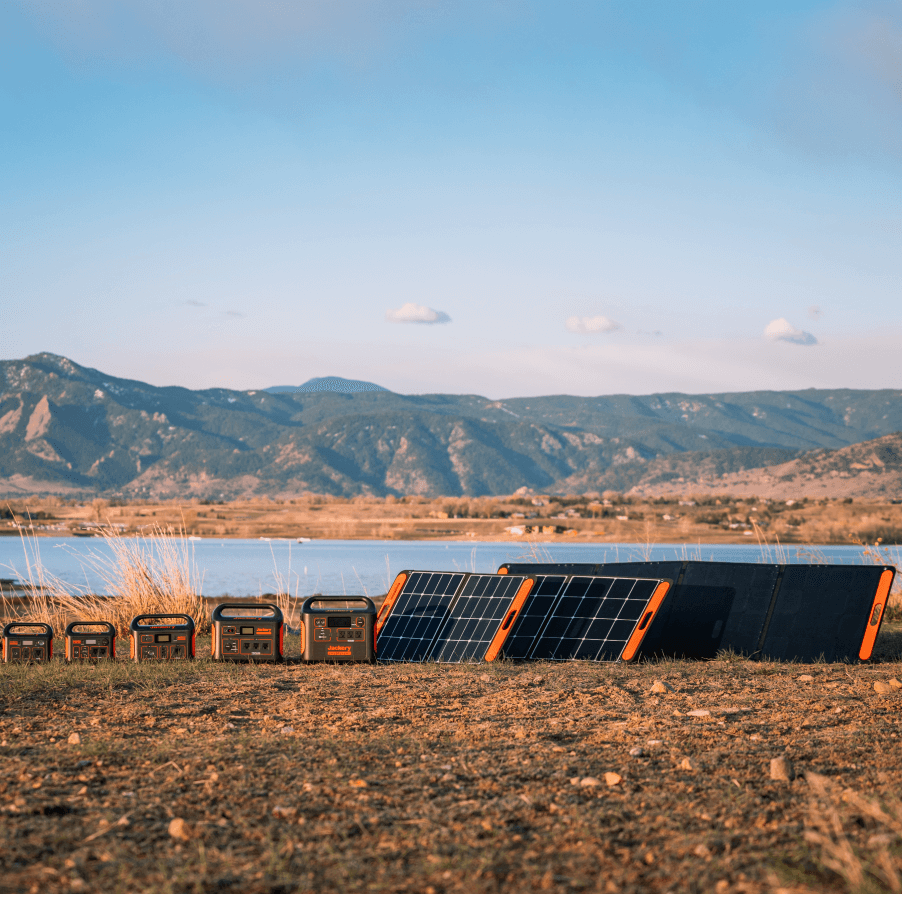
Leave a comment